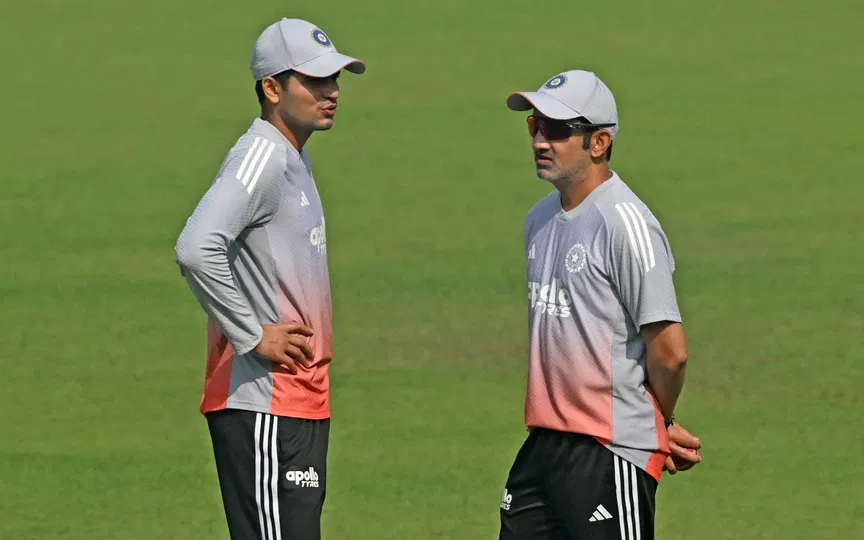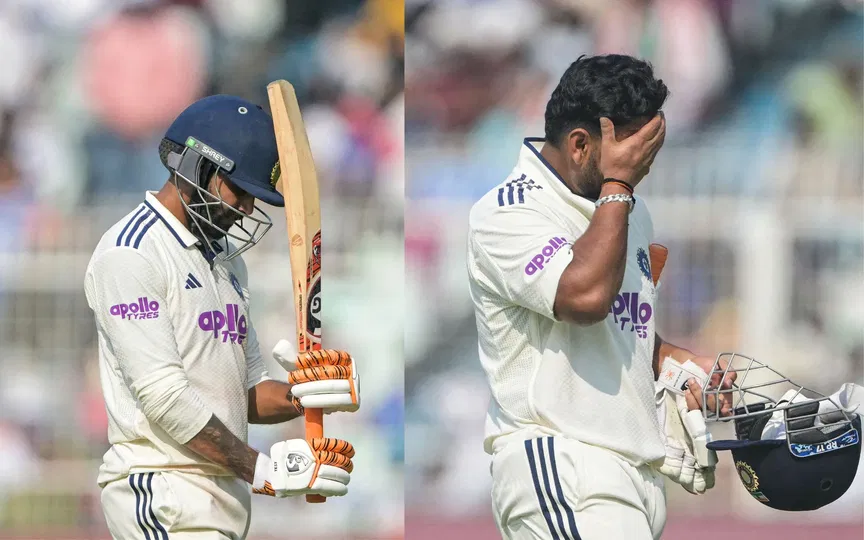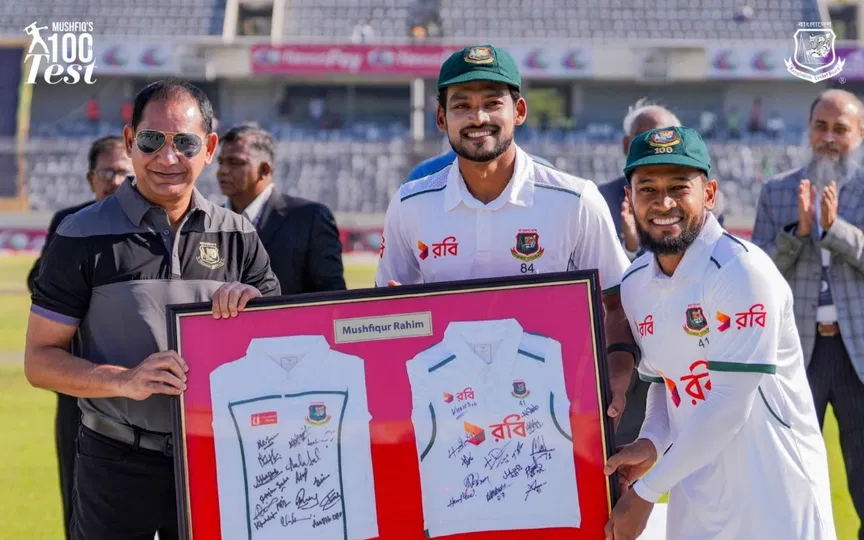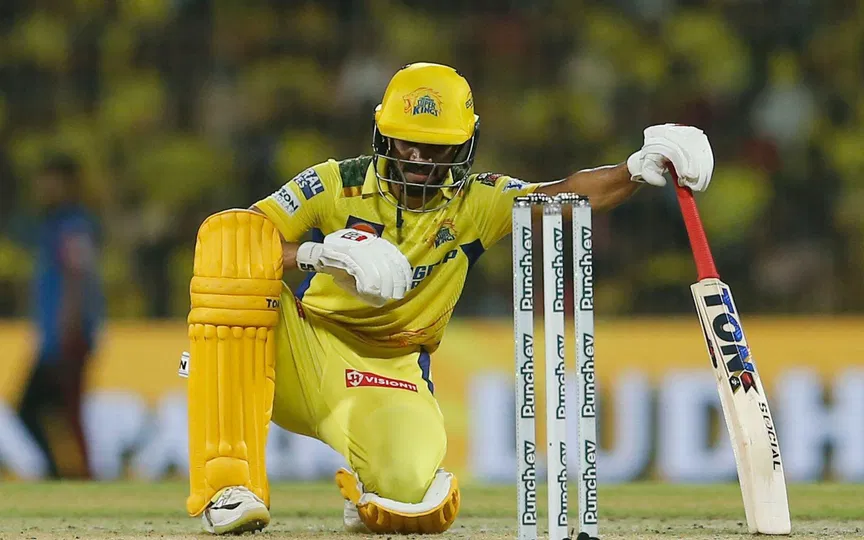![India's pitch conundrum continues [Source: AFP Photo]](https://onecricketnews.akamaized.net/parth-editor/oc-dashboard/news-images-prod/1763490435168_AFP__20251113__83VM9UE__v2__HighRes__CricketIndPractice(1)(1).jpg?type=hq) India's pitch conundrum continues [Source: AFP Photo]
India's pitch conundrum continues [Source: AFP Photo]
It has been exactly two years since India lost the ODI World Cup 2023 Final against Australia and that too at their home ground in Ahmedabad. During a catharsis of that unexpected debacle after 10 consecutive wins, what emerged as a major reason for that was India’s strategy of preparing a suited pitch failing drastically.
A lot of cricket experts understood that Indian team management fell into their own trap of making a sluggish pitch and it eventually backfired, costing India the prestigious title after a long wait of 12 years.
Repeated errors and same failures with no-lesson approach
Two years back when this nightmarish result became reality for the Indian cricket team and the Indian cricket fans, the team was playing under the coach-captain duo of Rahul Dravid and Rohit Sharma.
Meanwhile, the team’s core management has changed in this two-year span and now the team is under the leadership of young Shubman Gill, alongside having Gautam Gambhir as coach.
Be it ODIs or Tests, the problem is still the same with the Indian camp as they are repeating the same error after two years of an unforgettable defeat. The most recent failure is India’s 30-run defeat against South Africa in the first Test of the two-match series at the Eden Gardens in Kolkata. The game ended in just two and a half days, drawing a major criticism about India’s adamant nature while preparing the pitches.
Meanwhile, many experts have been of the opinion that the management has learned nothing from the WC Final failure. The ground of this argument finds its roots in Indian management’s obsession with the preparation of pitches in the way which suits them. But what has happened is completely south to what they have planned for.
Two different coaches since home WC final with poles-apart results
India has played under two coaches since their defeat in the home ODI WC Final against Australia. Earlier, it was Rahul Dravid who coached Rohit Sharma-led India in the WC Final following a couple of more games before Gautam Gambhir was appointed as his successor on July 9, 2024. His first home assignment was the two-match Test series against the lower-ranked Bangladesh.
Team India at home since ODI WC Final defeat
| Criterion | Matches | Won | Lost | 3-day finishes |
| Tests under Dravid | 5 | 4 | 1 | 1 |
| Tests under Gambhir | 8 | 4 | 4 | 4 |
| ODIs under Dravid | 1 | 1 | 0 | NA |
| ODIs under Gambhir | 3 | 3 | 0 | NA |
So, the Indian team has played a total of 17 games at home across two major formats, (Tests and ODIs) under two different coaches and two different games since 19 November 2023, including their defeat against the Aussies in the summit clash of the prestigious cricket quadrennial.
In these 17 games, they have played six games (one ODI and five Tests) under the coach-captain duo of Rahul Dravid and Rohit Sharma. Besides that, the Indian side has played 11 games under Gautam Gambhir, including two different captains, Rohit Sharma (eight games) and Shubman Gill (three games).
Same Captain with different results under different coaches - What’s actually wrong?
Coming to the dissection of the numbers and data of India’s performances at home under these different coach-captain phases, Team India has been subjected to a downfall due to a change in the mindset regarding the preparation of home tracks.
Under Rahul Dravid, Indian camp’s first major failure happened to be reality when they couldn’t judge the track of Narendra Modi Stadium in Ahmedabad, even after making it in their favour.
Following that, they came up with some improvements and good tracks in the five-match Test series against England just two months after the ODI World Cup 2023. The first four games of this series went to the fourth day for the result, alongside a good contest between bat and ball. It was only the fifth and last Test of the series that ended within three days, in which India won the game to seal the series with 4-1 margin.
On the other hand, India played three ODIs and five Tests under the coach-captain duo of Gautam Gambhir and Rohit Sharma. In these games, Men in Blue won all three ODIs, but faced defeat in three out of five Tests, which included a 0-3 whitewash against New Zealand.
This whitewash left everyone shocked as India had lost a home series after a long time of 12 years since 2012. Two Test wins in Gambhir’s coaching include India’s wins against the lower-ranked Bangladesh.
Apart from that, India also won two home Tests last month against the struggling Caribbean side before losing the recently-concluded first Test against South Africa by 30 runs. These results were under the captaincy of Shubman Gill.
Interestingly, 50 percent of the games (4) out of eight Tests under Gautam Gambhir’s coaching have ended within only three days. This number of three-day games and India losing four Tests under Gambhir reflects a lot about his mindset with respect to the preparation of the home pitches. India’s performance at home in the traditional format of the game has faced a serious dip in the Gambhir era compared to that of under Rahul Dravid.
What a bigger question mark on Gambhir’s pitch-obsession is visible with the difference in performance of the Indian team under the same captain, Rohit Sharma, who won four Tests and lost just one in just five home Tests, having Rahul Dravid as the coach.
But with Gautam Gambhir, the experienced Rohit Sharma lost three out of five Tests, having him as the coach, courtesy of the former’s rigid approach towards the preparation of pitches for the home games.
Final Verdict - Need to understand transition phase
Following the most recent defeat against South Africa under Gill’s captaincy and Gambhir’s coaching, it can be understood that Gautam Gambhir-led management has failed to understand or learn anything from the WC Final defeat.
Especially, in the case of home tracks, they seem to be unaware of the fact that the team is in the transition phase and the new experiments with the pitches will surely backfire owing to the less experience of the youngsters to bat on the tough tracks.
A comparison between Team India of 2017-2021 with the current mix of players will be enough to justify the importance of making the tracks balanced to ensure a level playing field for the youngsters.
It also looks justified because of the fact that India had the likes of Ravichandran Ashwin, Virat Kohli, Rohit Sharma, Cheteshwar Pujara during 2017-2021. But in the current setup, all players except for Ravindra Jadeja and KL Rahul don’t look prepared enough for the extreme tracks.






